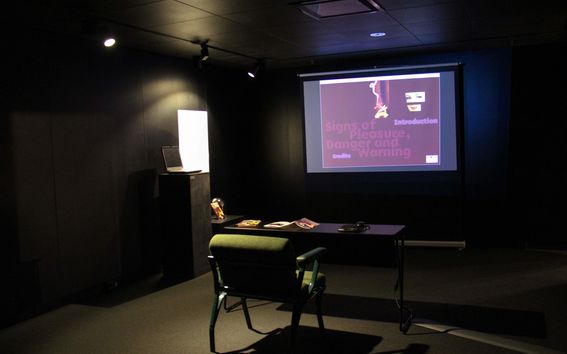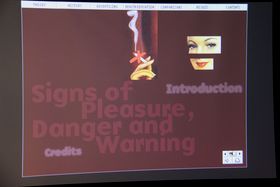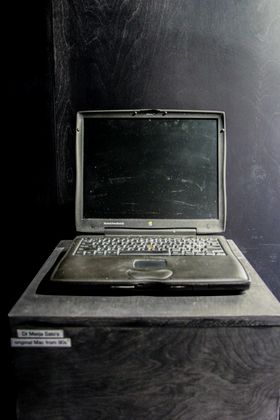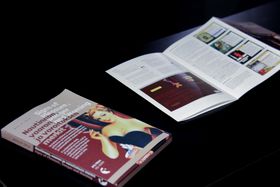
Professor Philip Dean, Head of Department of Media, Aalto University School of Arts, Design and Architecture:
Read-only memories from the 1990s
Professor of Photography, Merja Salo (1953-2018) was a pioneer of research in the field of photography in Finland. She pursued an interest in the 1990’s Hypermedia possibilities for publishing and decided bravely, 23 years ago, to publish her doctoral thesis as a CD-ROM; the first Finnish, digitally published doctoral thesis.
650Mb CD-ROM media (compact disk read-only memory) was state-of-the-art. Including over 500 Finnish advertising images and anti-smoking propaganda pictures the CD-ROM format gave expanded possibilities, when compared to a printed thesis, for search and navigation, as well as the inclusion of the images interactively in the thesis.
However, by 1997 the era of CD-ROM publishing was in its last years. The real potential for open and accessible multi-/hypermedia was already focused on development for the Internet (WWW from approx. 1995) and the limitations of the CD-ROM format, the complexity and incompatibilities of the CD-ROM production tools and the rapid development of the Digital Video Disk (DVD) format and its hybrids quickly killed interest in the format.
Salo commented to her colleagues that she regretted having made her ROM-based thesis as, after only one decade, the CD-ROM was relatively inaccessible for anyone. Her thesis can be seen as a prime example of the fragility of digital media formats when considered from the points of view of archiving and accessibility of academic and/or creative media content.
The notion that the Internet has overcome these problems has to be challenged. In reality, accessibility of digital content is always governed by compatibilities and the resilience of systems, including infrastructure, tools and the content code itself. The preservation of complete digital systems for the next decades, or hundreds or thousands of years, in order that future generations will be able to experience our contemporary digital culture, does not seem a feasible proposition at this point in time.









